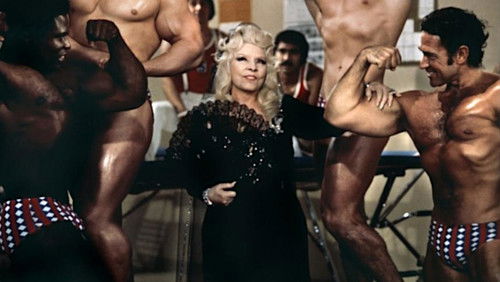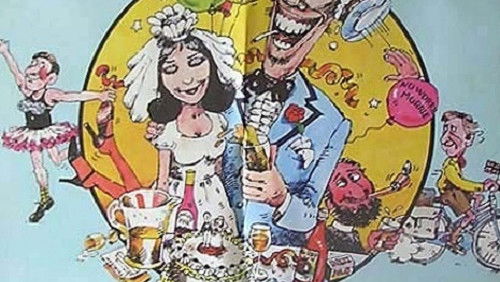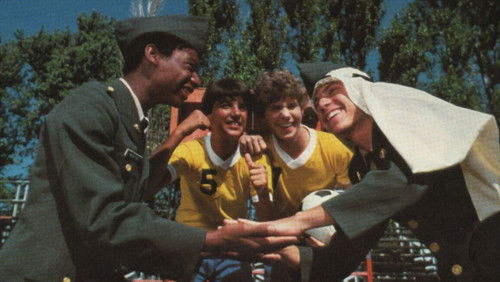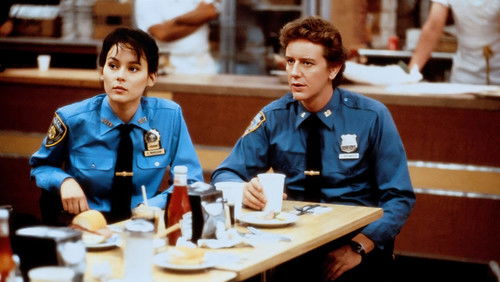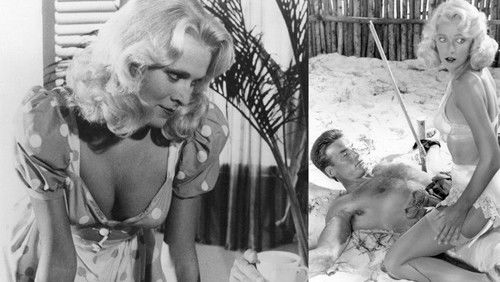Le bal des casse-pieds (1992)
69KLe bal des casse-pieds (1992). 1h 39m
“When his movies deal with childhood, the towering achievements that are: u0026quot;the War of Buttonsu0026quot; (1962), u0026quot;my Fatheru0026#39;s Gloryu0026quot; and u0026quot;my Motheru0026#39;s Castleu0026quot; (1990), Yves Robert makes unforgettable movies which are on a par with François Truffautu0026#39;s. They even surpass them. Here, u0026quot;the Dance of the Pain in the Necksu0026quot; (1992) is of a different register since it is a comedy of manners and coming after the adaptation of Marcel Pagnolu0026#39;s childhood memories, itu0026#39;s a spectacular let-down. Hereu0026#39;s why: pain in the neck characters fed a lot literature (Molière in the seventeenth century had written a play entitled u0026quot;les Facheuxu0026quot;) and cinema (Jean Dréville shot a colorful comedy simply called u0026quot;les casse-piedsu0026quot; in 1948). Robert and his screenwriter Jean Loup Dabadie revived this formula to deliver which seems to be on the paper an updated version. As a matter of fact, the adjective u0026quot;updatedu0026quot; doesnu0026#39;t suit at all to qualify this movie. If a movie made in 1991 doesnu0026#39;t adapt the involved subject of the pain in the neck characters to the comical fashions and the social manners of its time, do you think it has the single chance to be a worthy artistic work and to attract crowds? The answer is no and this is on this point that Robertu0026#39;s opus has its major flaws. His movie is a courageous but bound to fail undertaking. Already, since u0026quot;les Casse-piedsu0026quot; and even in the space of 44 years ago, times have changed. Viewersu0026#39;s tastes have evolved and they have adapted to new comical references. Here, we have already seen thousands of times in cinema a good part of the gags used and certain gained an overrated reputation. The result is an enormous gap between Robertu0026#39;s opus which is several carriages behind and the expectations from the generations of the early nineties. Had the movie been open forty or fifty years ago, it would have certainly worked better.u003cbr/u003eu003cbr/u003eThe amount? An old-fashioned movie that brings out a tasty dreariness. The machine never really starts and before our eyes, itu0026#39;s a series or rather a juxtaposition of sequences with a well-worn comic. However hard a swarm of actors gives the best they can by doing their little act, it is no use. Too bad for the ones who did better acting before in other kinds of movies (Jean Yanne shone in u0026quot;the Beast must dieu0026quot;, 1969 and u0026quot; the butcheru0026quot; 1969 by Claude Chabrol) and the others who deserve better (Jean Pierre Bacri is on top form when he writes scripts and still more when he acts in them with his fellow worker Agnès Jaoui. Ah! u0026quot;Cooking and Dependencesu0026quot;, 1993 u0026quot;a Family Likenessu0026quot;, 1996). Moreover, it seems that the movie was made with means saving. Witnesses? Two-bit scenery, particularly the jerry-built New York at the very end.u003cbr/u003eu003cbr/u003eWhy not choosing u0026quot;les Casse-Piedsu0026quot; instead?”
